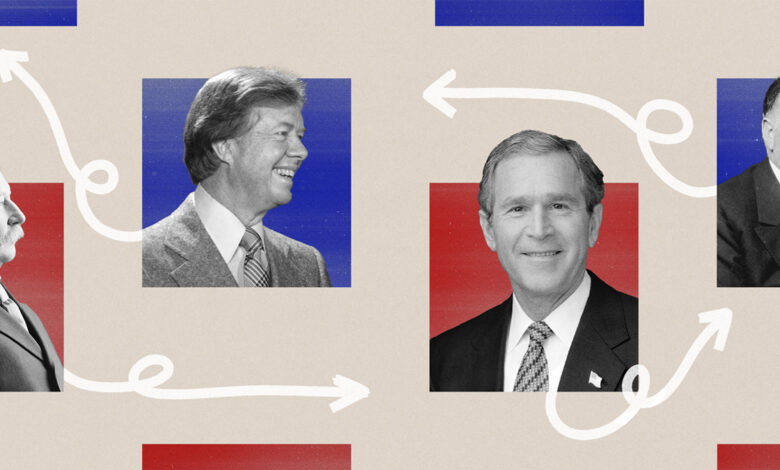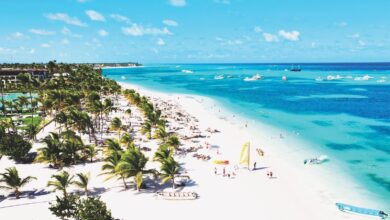How Former U.S. Presidents Found Their Second Acts


HBR Staff; Library of Congress, Prints & Photographs Division, photograph by Harris & Ewing, [reproduction number, e.g., LC-USZ62-123456]; Library of Congress, Prints & Photographs Division, photograph by Bernard Gotfryd, [Reproduction number e.g., LC-USZ62-123456]; Library of Congress, Prints & Photographs Division, [reproduction number, e.g., [LC-F82-1234]
Successful former presidents have a few things in common with business leaders who moved onto a new phase after their time in corporate life. The post-presidencies offer a wide-ranging roadmap of the state of possible for anyone moving from one position to another. This is especially needed at the senior-most levels, where CEOs and other top leaders often associate their very self-identities with their jobs and don’t often feel comfortable talking about what they might want to consider doing after their current position. The authors lay out seven post-presidential career paths and what options they illustrate for senior executives considering what’s possible in their own career or life transition.
There’s no more prominent career transition than the transfer of power from one American president to the next. Presidents enter office knowing they have a finite amount of time to make their mark in the Oval Office. But even though they’ve usually spent their professional lives climbing to the top of the mountain, most of the time they haven’t planned what happens when they return to life as an ordinary citizen. What do you do after the most important job you’ll ever hold?


